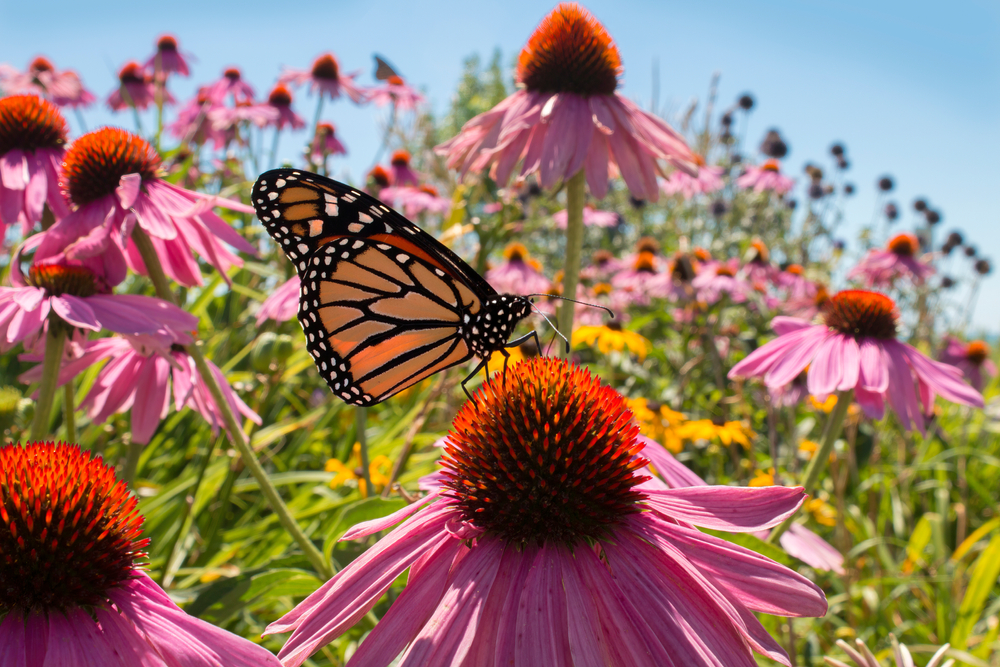Introduction
Are you a passionate butterfly enthusiast looking to create a vibrant habitat for these majestic creatures in your garden? This comprehensive guide is personalised just for you. Discover essential tips on host plants for monarch butterflies, essential gardening tools, and effective milkweed care to nurture a thriving butterfly haven.
Understanding Host Plants for Monarch Butterflies
Host plants play an important role in attracting and sustaining monarch butterflies in your garden. Here are key insights into selecting and caring for host plants:
- Monarch Butterfly-Friendly Plants: Choose native plants that serve as host plants for butterflies. Milkweed is a top choice as it is the primary host plant for monarch caterpillars.
- Plant Diversity: Incorporate a variety of nectar-rich flowers and plants to provide food sources for adult butterflies. Diversity in plant species attracts a range of butterfly species and supports their lifecycle.
- Planting Techniques: Plant host plants in sunny areas with well-draining soil. Consider companion planting to improve plant health and attract beneficial insects.
Essential Gardening Tools
To create and maintain a butterfly-friendly garden, having the right tools is essential. Here are some must-have gardening tools for butterfly enthusiasts:
- Pruning Shears: Use sharp pruning shears to trim and maintain plants, including host plants and nectar sources. Pruning promotes healthy growth and encourages butterfly activity.
- Butterfly Net: A butterfly net allows you to catch and observe butterflies for identification and monitoring purposes safely. Use it gently to avoid harming butterflies.
- Watering Can or Hose: Ensure your garden has a water source for butterflies to drink and for watering plants. Use a gentle spray to provide water without disturbing butterflies.
Effective Milkweed Care for Butterfly Enthusiasts
Milkweed is a crucial plant for monarch butterflies, providing essential nutrients and serving as a host plant for caterpillars. Here’s how to care for milkweed effectively:
- Planting Milkweed: Choose native milkweed species suitable for your region’s climate and soil conditions. Plant milkweed in well-draining soil and provide adequate sunlight.
- Watering and Maintenance: Water milkweed regularly, especially during dry spells, to keep the soil moist. Remove weeds and pests that may affect milkweed growth.
- Avoiding Pesticides: always avoid the use of pesticides near milkweed plants, as they can be harmful to monarch butterflies and other beneficial insects.
Conclusion
In conclusion, butterfly enthusiasts play a vital role in creating a welcoming environment for butterflies in your garden. You can transform your garden into a blossoming butterfly haven by selecting the right host plants, using essential gardening tools, and practising effective milkweed care. Explore the wonders of butterfly gardening and contribute to butterfly conservation efforts in your community.


